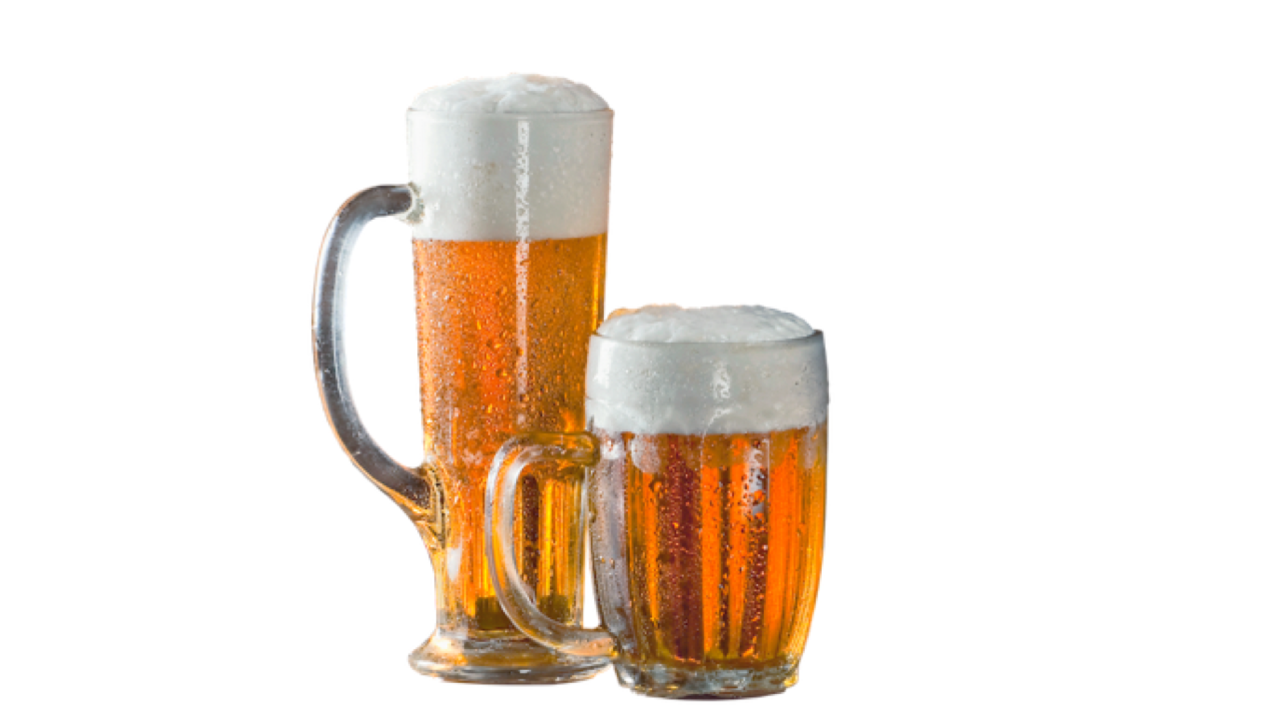The trick to portion control

Public awareness campaigns crop up now and again to remind us how much one standard alcoholic drink is. In Australia, for instance, that means approximately 285 mL of full strength beer, 100 mL of wine or champagne and 30 mL of spirits.
The problem is most of us judge by the container not the contents, making a perceptual rather than intellectual judgment — much it looks, not how much it actually is, so these awareness campaigns are largely ineffective.
Unit bias
This is in part due to unit bias, our tendency to judge the satisfaction we feel from a serve on the basis of whether its size is ‘appropriate’.
Keen to explore this, researchers Geier, Rozin and Doros (2006) from the University of Pennsylvania placed a bowl of M&Ms on the counter at an apartment building with the sign “Eat Your Fill. Please use the spoon to serve yourself”.
Regardless whether the serving spoon was small or large, people tended to take only a single scoop. People chose to stick to an ingrained convention that they should only take one serve.
Those who happened to be using the large spoon ended up eating DOUBLE the M&Ms as a result. The unit of “one” stayed the same but the amount consumed changed markedly.
Counting the unit not the volume
Unit bias is a significant factor when it comes to our choices because we tend to count the unit not the volume within. Having one Starbucks coffee a day, for example, can mean either a super-sized or small mocha latte. The difference? 25% of daily fat vs. 9%.
I have fallen into this trap, telling myself I only have one tea a day when in fact I use one bag in a pot which means I actually drink three cups.
Streaming services are doing their utmost, by the way, to have us forget each episode is a unit by auto-playing the next in line and social media with infinite scroll interfaces means we lose track of how much time we've spent engaged.
We also fall into unit bias when it comes to time. Thinking about about a year, a week or a day as the unit will encourage greater waste than if we think of our life in hour blocks. (In this vein, “Your Life in Weeks” by Tim Urban is great if you want to scare yourself into doing something more with your life.)
Implications for you
If you are trying to moderate your consumption, stick to smaller unit sizes. That may mean using a smaller glass, bowl or spoon to serve yourself, or buying smaller units of indulgent products, like tubs of ice cream or bars of chocolate.
Keep meetings to shorter units of time so participants are forced to make the most of the session.
If you are selling a product, consider the unit size you provide. While a larger box may make the customer feel they are getting value for money, chances are they will be more satisfied if they receive a smaller unit that looks full than a larger unit that looks empty.
You might find interesting:
Image from https://pixabay.com/illustrations/beer-glass-binge-alcohol-foam-4848558/

